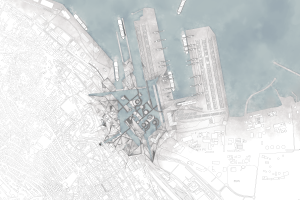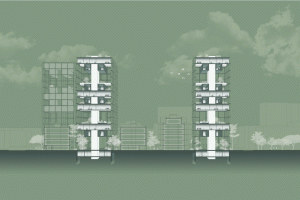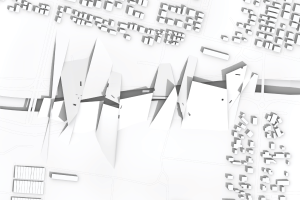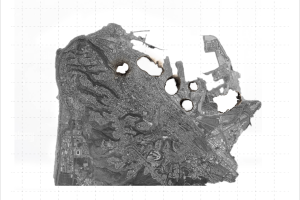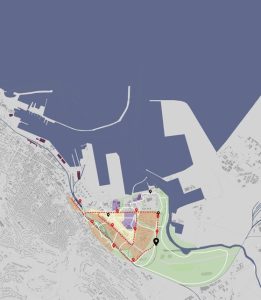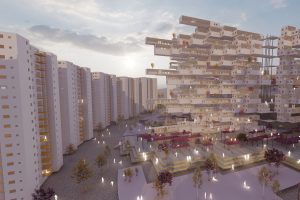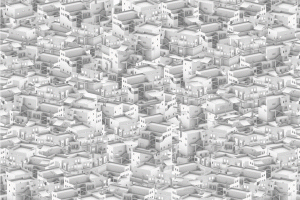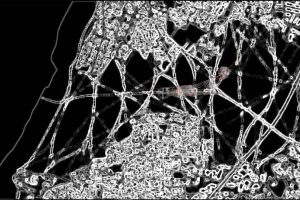Conservational Genet[h]ics
The preservation of built heritage aims to protect selected properties and their values. We do so to preserve their authenticity and richness for future generations, as tangible evidence of past traditions and common cultural heritage. These are valuable assets in terms of aesthetic, spatial, cultural, and social aspects. Based on 19th-century theories, preservation is expressed in attempts to transform objects from the past into those with supratemporal presences. The practice of conservation deals with consecrating monuments, restoring them, and giving the illusion that the laws of time do not apply to them. This requires the preservationist to play God. Because the action is typically done from the front inward, it ignores the surrounding ambience and results in the preservation or destruction of binary space.
The city of Tel Aviv has the largest concentration of buildings for preservation (about 2,300) in Israel, of which about 400 buildings are designated for strict preservation, on which no additions or other changes are allowed. Therefore, it can be argued that the conservation practiced in Tel Aviv is akin to museum conservation, freezing objects in space and time while removing them from the urban story of change and development. On the other hand, the Tel Aviv Municipality views designating a building for preservation, and especially for strict preservation, as imposing excess financial costs on the developers. For that reason, the municipality offers economic incentives in the form of additional construction rights and possibilities to move construction rights to another site. To justify the economics of the preservation operation, towers are often constructed above the objects that are to be preserved, and it is permissible to divert/lift/dismantle/destroy the protected object and return it to its place after the tower has been constructed. Actions like these, which conflict with accepted international conservation standards, are the result of pure economic constraints, produce absurd spatial situations, and thus disrupt the conservation message.
The project focuses on the conservation activity in Rothschild Boulevard, the epicenter of Tel Aviv’s conservation. An alternative method for identifying properties for conservation is explored by examining how new boundaries for conservation may change the spatial qualities of the urban environment. It involves mapping the city’s genome at different scales and designing a random scheme that is imposed on the space and sample fragments for preservation. Fragments of these genomes, which have been pulled from their original location, are repositioned in the space as a random conservation field that pursues the idea of hierarchy and sanctity.


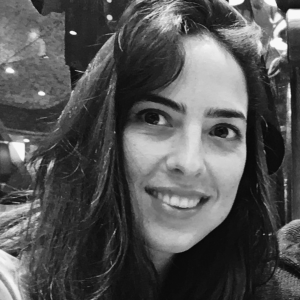
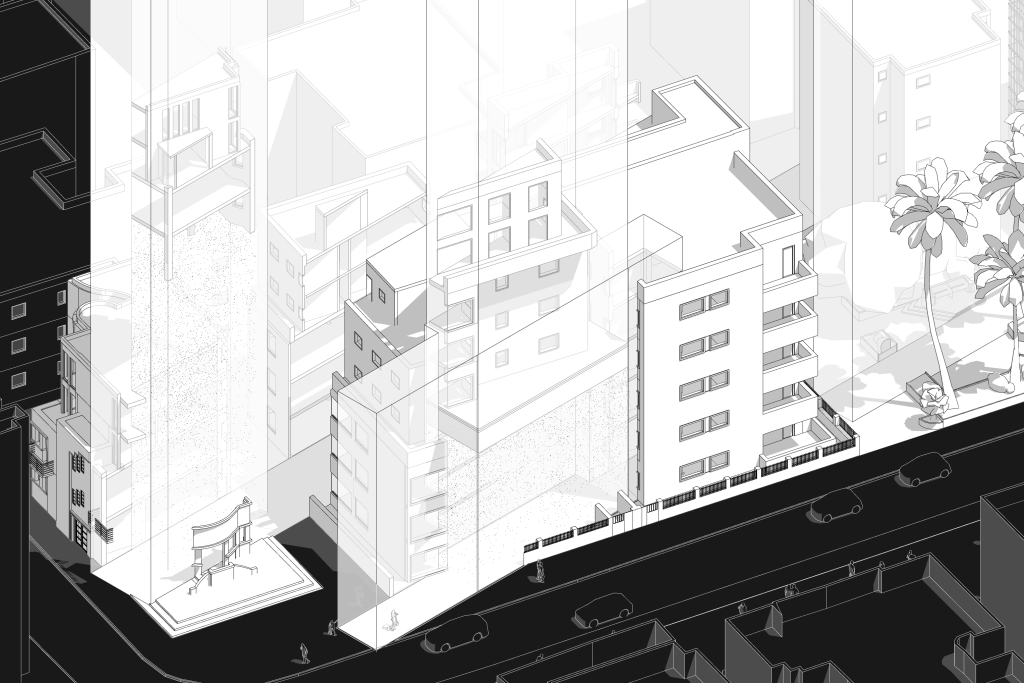
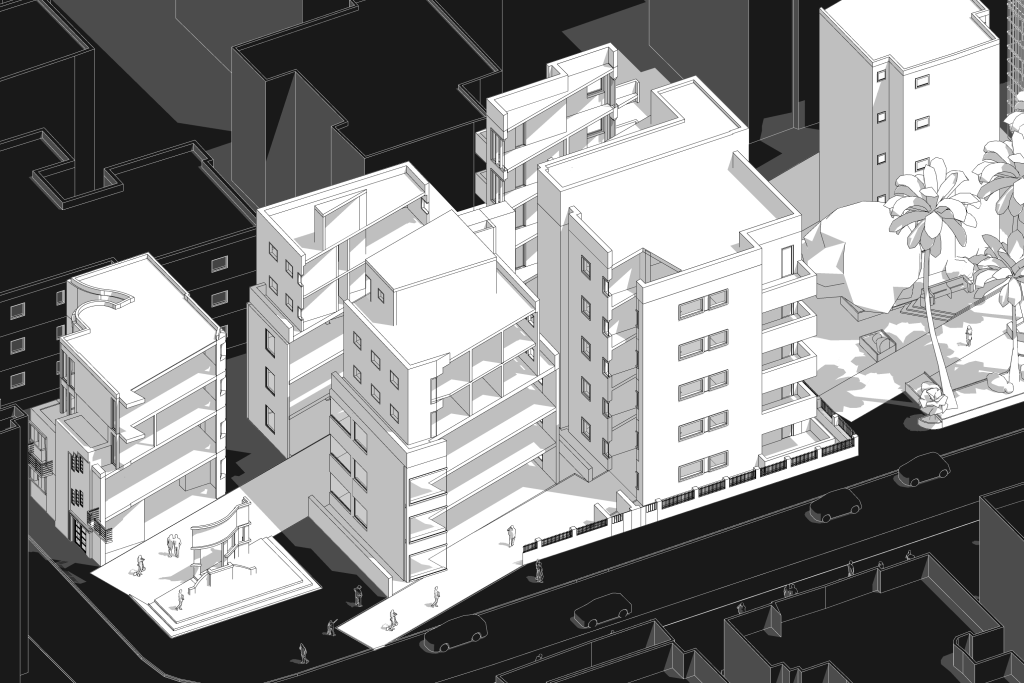
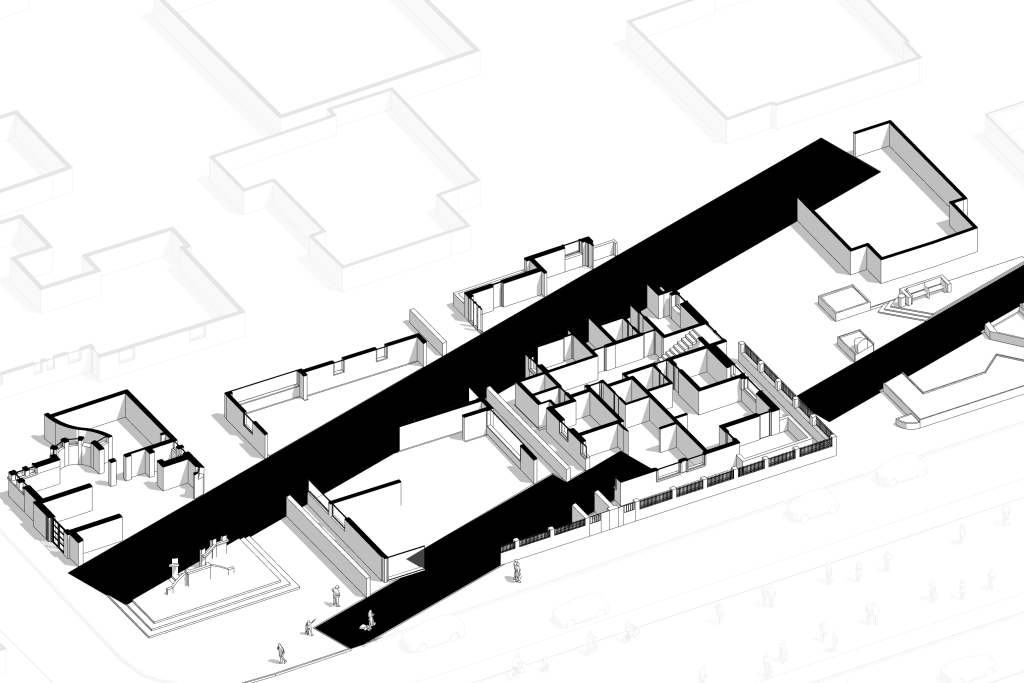
![Conservational Genet[h]ics](https://architecture.technion.ac.il/wp-content/uploads/2022/10/דימוימייצג3-3_2-300x200.png)
![Conservational Genet[h]ics](https://architecture.technion.ac.il/wp-content/uploads/2022/10/דימוימייצג2-3_2-300x200.png)
![Conservational Genet[h]ics](https://architecture.technion.ac.il/wp-content/uploads/2022/10/דימוימייצג1-3_2-300x200.png)
![Conservational Genet[h]ics](https://architecture.technion.ac.il/wp-content/uploads/2022/10/דימוי_6-3_2-300x200.png)
![Conservational Genet[h]ics](https://architecture.technion.ac.il/wp-content/uploads/2022/10/דימוי_5-3_2-300x200.png)
![Conservational Genet[h]ics](https://architecture.technion.ac.il/wp-content/uploads/2022/10/דימוי_4-3_2-300x200.png)
![Conservational Genet[h]ics](https://architecture.technion.ac.il/wp-content/uploads/2022/10/דימוי_3-3_2-300x200.png)

